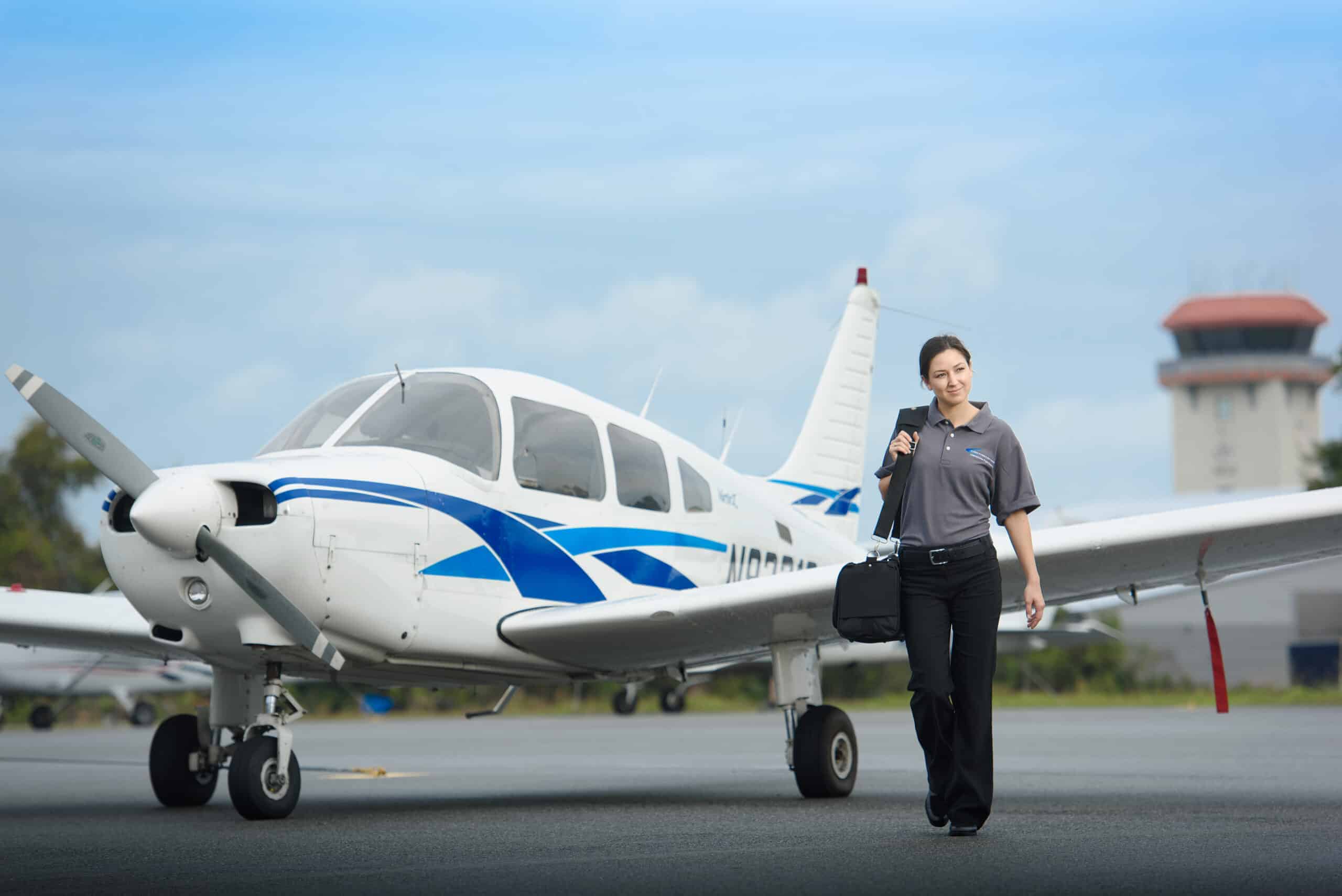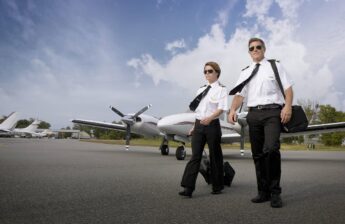For many aviation aficionados, one of their dream jobs is being a commercial pilot, but the first step is deciding which is the best commercial pilot training institute in India. Because you have so many options the right training academy choice will have a great positive impact on your learning experience, how smooth your license process goes and ultimately your future career. Here’s what you should know to make an informed choice.
1. DGCA Approval and Accreditation
Make sure the institute is DGCA approved before taking admission as DGCA is the governing body for aviation in India. The DGCA-approved flying school will make your training according to nation and worldwide aeronautics guidelines.
2. Flight Training and Infrastructure
The best flying institute in India provides excellent quality flight training with well-managed aircraft, adequate simulators and expert trainers. Make sure to look up the fleet size, the types of aircraft available (Cessna, Piper, etc.) and whether multi-engine training is available, as this will affect how much hands-on experience you will have.
3. Ground School and Theoretical Training
Most students take courses in theory before they start climbing the ladder of success. The best ground classes for CPL in India cover important areas like Air Navigation, Meteorology, Air Regulations and Aircraft Systems. Choose an institution that offers classroom training in a structured manner and is taught by experienced faculty and aids.
4. Experienced Faculty and Instructors
A qualified faculty contributes significantly to your aviation knowledge and skills. Flight instructors with real-time commercial flying experience are essential to ensure students are guided well by the best aviation training academy in India.
5. Training Costs and Financial Assistance
Training a pilot is an expensive affair and it costs around ₹35-50 lakh. Explore the fee structure, hidden costs (such as fuel, uniform, exam fees) and if the academy offers financial assistance, loans or scholarships. Some of the reputed institutes have joined hands with banks to offer education loans.
6. Placement and Airline Tie-Ups
Several premier flying institutes have established links with airlines, which help in placing the student straight away through a cadet program. Look at the institute’s placement record and successful graduates for future job prospects upon completing training.
7. Location and Weather Conditions
Flying institutions based on good weather conditions get to train without break. Most of the best institutes are located in places with pristine skies that accept plans that are less troubled by adverse weather.
Conclusion
The best pilot training institute in India is determined by assessing factors such as accreditation, quality of training, instructors, costs, and placement support. A good institution can help you get a Commercial Pilot License (CPL), but it also is the engine behind a successful aviation career.








